Expansion of Retail Channels
The vegan chocolate market is benefiting from the expansion of retail channels, including online platforms and specialty stores. As e-commerce continues to grow, consumers have greater access to a variety of vegan chocolate products. Data shows that online grocery sales in the US have increased significantly, with a notable rise in the purchase of specialty food items. This trend allows brands in the vegan chocolate market to reach a broader audience, enhancing visibility and sales. Furthermore, the presence of vegan products in mainstream grocery stores is increasing, making it easier for consumers to find and purchase vegan chocolate.
Innovative Marketing Strategies
Innovative marketing strategies are playing a crucial role in the growth of the vegan chocolate market. Brands are increasingly utilizing social media and influencer partnerships to reach target demographics, particularly younger consumers who are more inclined towards veganism. Engaging campaigns that highlight the ethical and health aspects of vegan chocolate resonate well with this audience. The vegan chocolate market is likely to see enhanced brand loyalty and consumer engagement as companies adopt creative marketing approaches. This trend may lead to increased sales and market share for brands that effectively communicate their values and product benefits.
Increased Awareness of Health Benefits
The vegan chocolate market is experiencing growth due to heightened awareness of health benefits associated with plant-based diets. Consumers are increasingly informed about the advantages of dark chocolate, which is often a key ingredient in vegan varieties, such as lower sugar content and higher antioxidant levels. Reports suggest that dark chocolate can improve heart health and cognitive function, appealing to health-conscious consumers. This awareness is driving sales in the vegan chocolate market, as individuals seek healthier dessert options. The vegan chocolate market is thus likely to see a rise in demand as more consumers prioritize health in their dietary choices.
Rising Demand for Plant-Based Products
The increasing consumer inclination towards plant-based diets is a pivotal driver for the vegan chocolate market. As more individuals adopt veganism or reduce animal product consumption, the demand for vegan alternatives, including chocolate, surges. Recent data indicates that the plant-based food market in the US is projected to reach $74 billion by 2027, reflecting a compound annual growth rate (CAGR) of 11.9%. This trend is likely to bolster the vegan chocolate market, as consumers seek indulgent yet ethical options. The vegan chocolate market is thus positioned to benefit from this shift, as brands innovate to meet the growing appetite for plant-based treats.
Growing Interest in Ethical Consumption
The vegan chocolate market is experiencing a surge in interest related to ethical consumption. Consumers are becoming more conscious of the sourcing and production practices of the products they purchase. This shift is particularly relevant in the chocolate industry, where issues such as fair trade and sustainable sourcing are increasingly prioritized. The vegan chocolate market is likely to benefit from this trend, as brands that emphasize ethical practices can attract a loyal customer base. Research indicates that 66% of consumers are willing to pay more for sustainable brands, suggesting a strong market potential for ethically produced vegan chocolate.


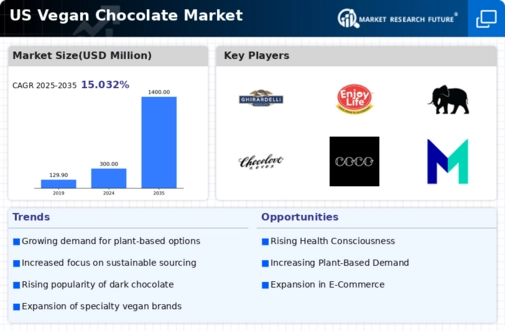

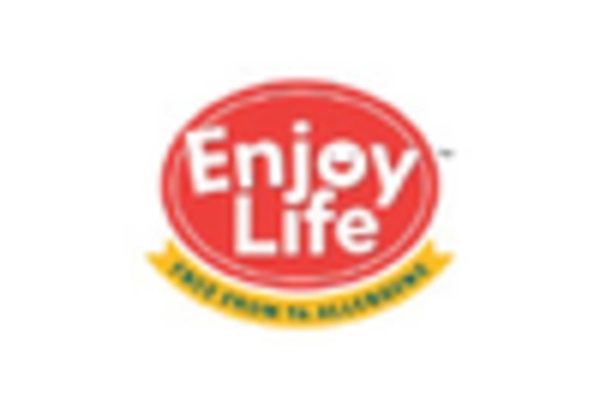

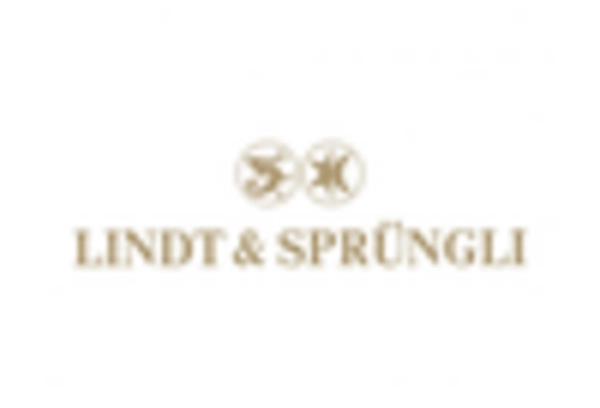
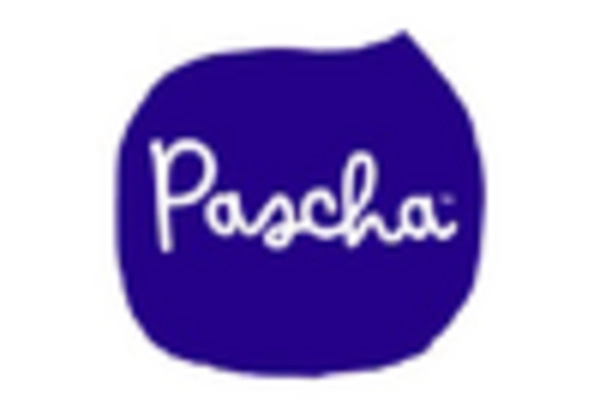
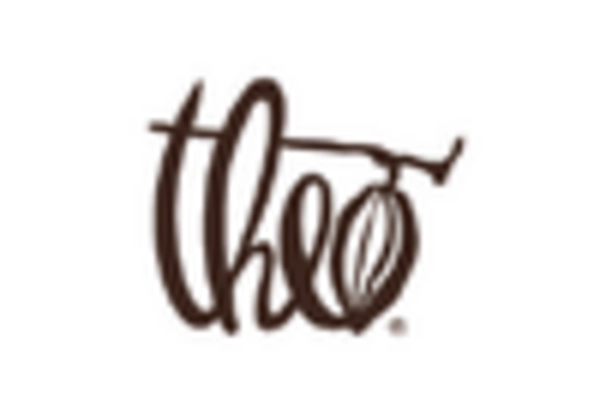








Leave a Comment